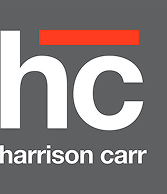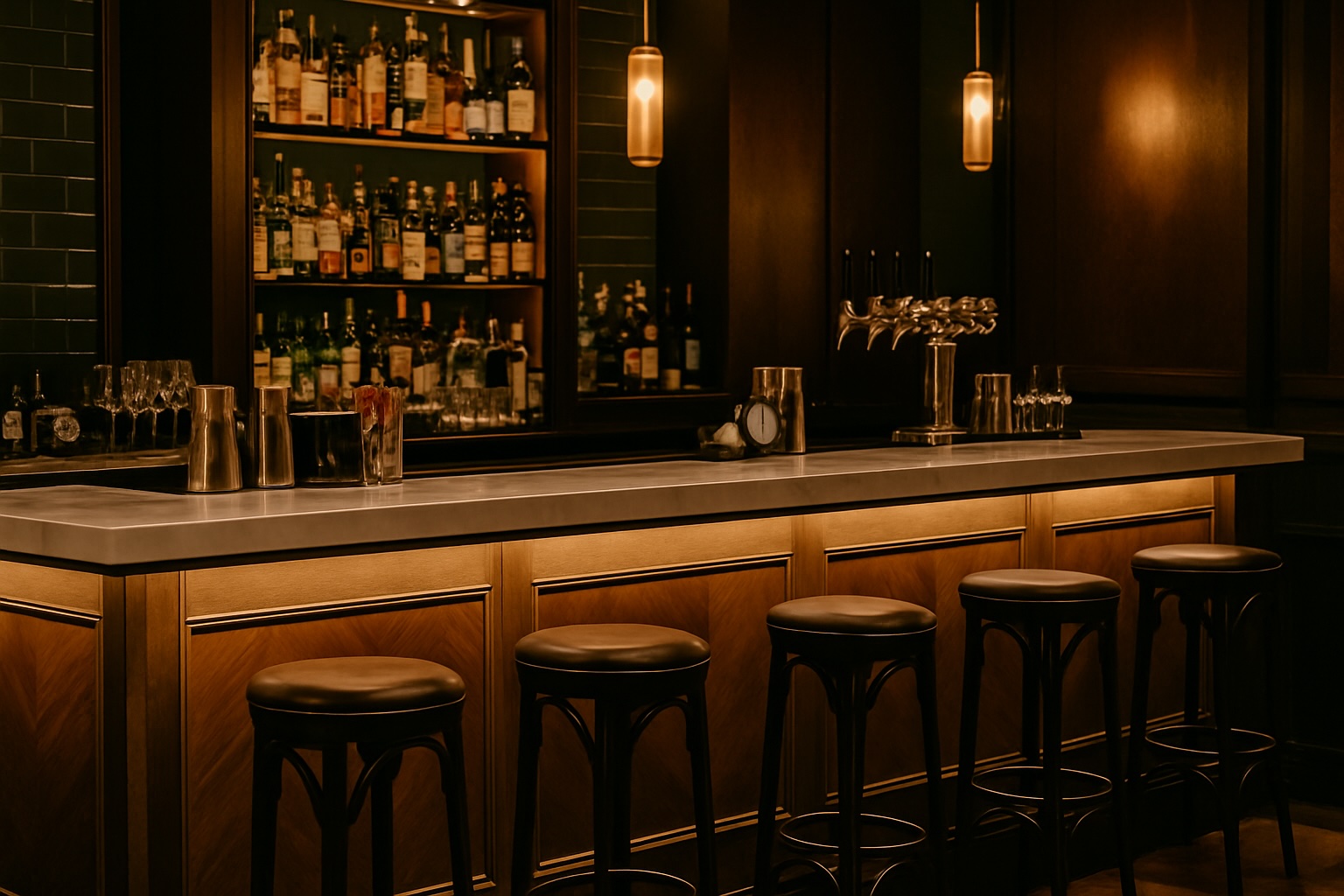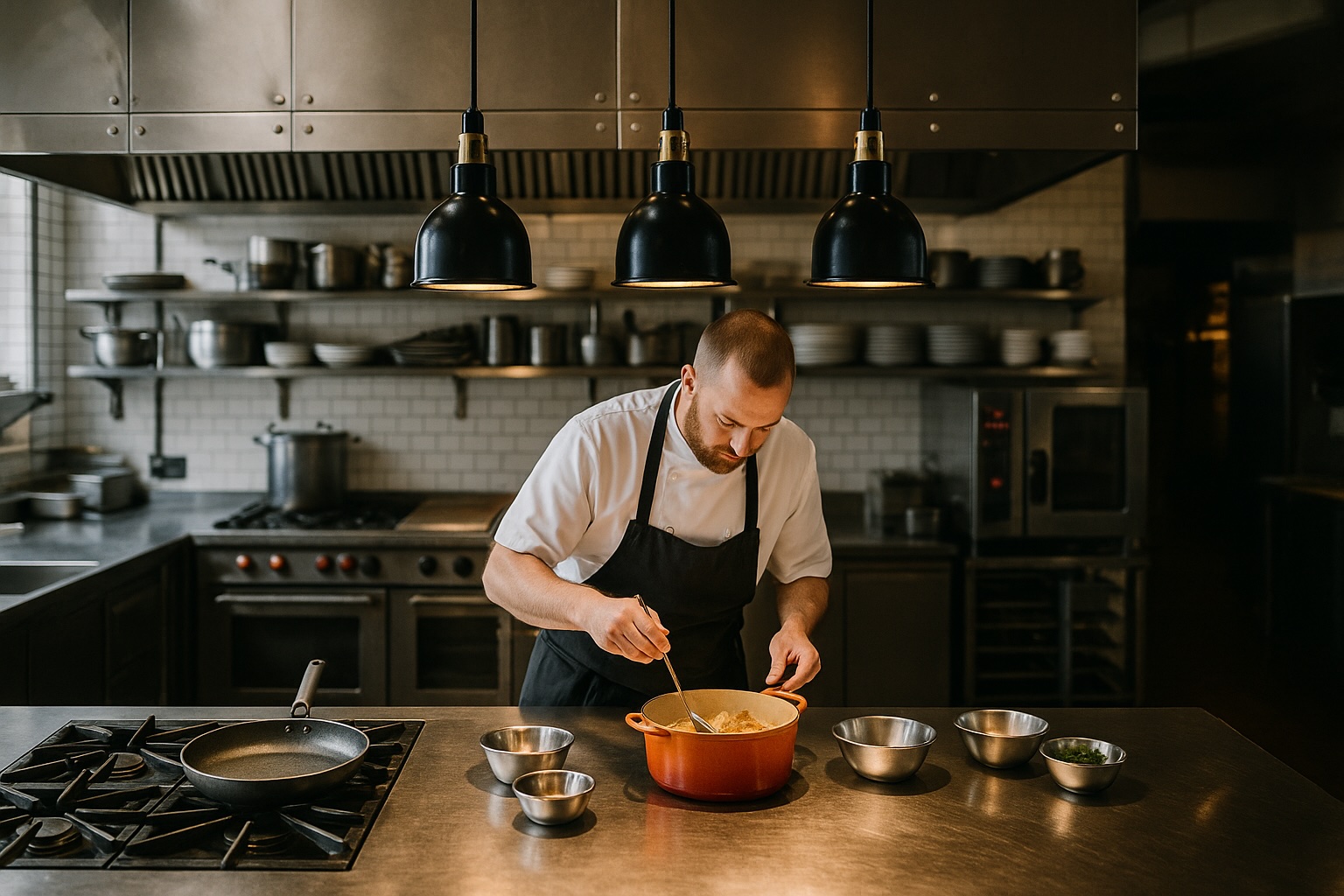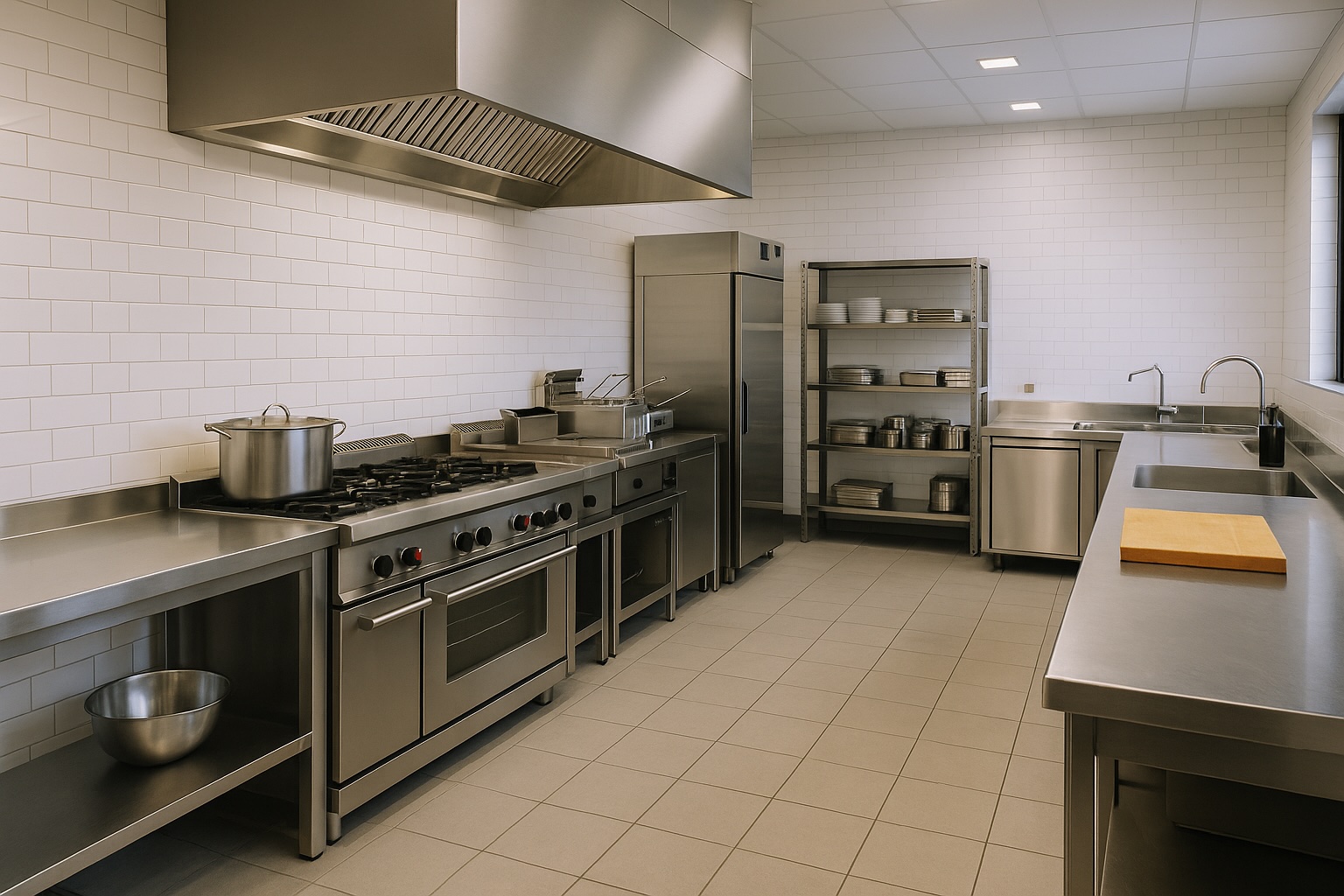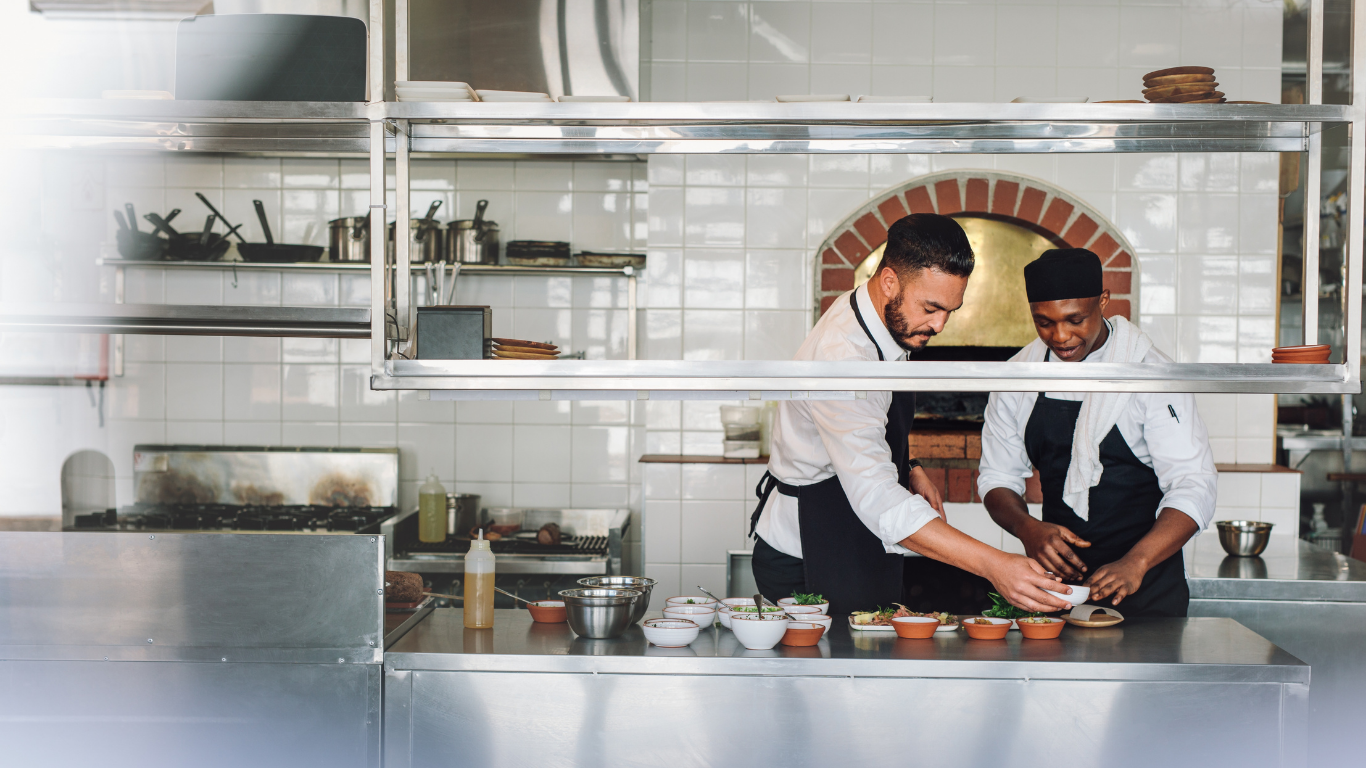When people think of kitchen fit-outs, they usually think of upfront costs: equipment, labour, installation. But the real expense often shows up later — in the form of inefficiencies that quietly eat away at your profits, shift after shift.
At Harrison Carr, we’ve seen first-hand how poor design choices or outdated layouts cost businesses more than they expect — not just financially, but in staff morale, food quality, and customer satisfaction.
Here’s a closer look at the hidden costs of an inefficient commercial kitchen — and why investing in the right layout and equipment from the start makes all the difference.
1. Labour Inefficiencies
An inefficient layout often means your team is constantly doubling back, bumping into each other, or taking extra steps just to complete basic tasks.
That adds up to:
- Slower prep and service times
- Staff fatigue and frustration
- More hands needed to do the same amount of work
In a high-pressure environment, a well-planned kitchen layout isn’t just about convenience — it’s about protecting your bottom line.
2. Energy Wastage
Outdated appliances and poor ventilation systems can drive up your utility bills without you noticing — until it’s too late.
Consider:
- Old ovens and fridges that use more electricity than modern, energy-rated models
- Poor airflow leading to overheated workspaces (and overworked cooling systems)
- Lights, extractors, and appliances left running longer than needed
Choosing efficient, fit-for-purpose equipment during your kitchen fit-out can lead to substantial long-term savings.
3. Maintenance & Repairs
Cheap equipment or poor-quality installation often means more frequent breakdowns — and those breakdowns don’t just cost you in repairs.
They can also lead to:
- Missed service
- Emergency call-out fees
- Downtime that affects bookings and reputation
With Harrison Carr, we guide our clients in selecting reliable equipment and ensure it’s professionally installed to reduce ongoing maintenance costs.
4. Food Waste
An inefficient kitchen often leads to disorganised storage and prep areas — which increases the likelihood of stock loss, spoilage, and mistakes.
This could mean:
- Ingredients going out of date before they’re used
- Poor stock rotation
- Incorrect portioning or duplicated prep
Improving your layout and systems helps reduce waste and boosts your margins.
5. Missed Revenue Opportunities
Perhaps the most overlooked cost? Lost business potential.
An inefficient kitchen can limit how many covers you can serve, how quickly you can turn tables, or how complex your menu can be — holding you back from scaling or evolving your offer.
By investing in a high-performing, well-designed kitchen, you’re creating space not just for today’s needs, but for future growth.
Build Smart. Save More.
An inefficient kitchen doesn’t just affect your back-of-house — it affects your entire business. The good news? These hidden costs are preventable.
With the right planning, expert advice, and a fit-out team that understands the realities of service, you can build a kitchen that works with your team — not against them.
Let’s build smarter.
Contact Harrison Carr to talk about your next commercial kitchen fit-out.
